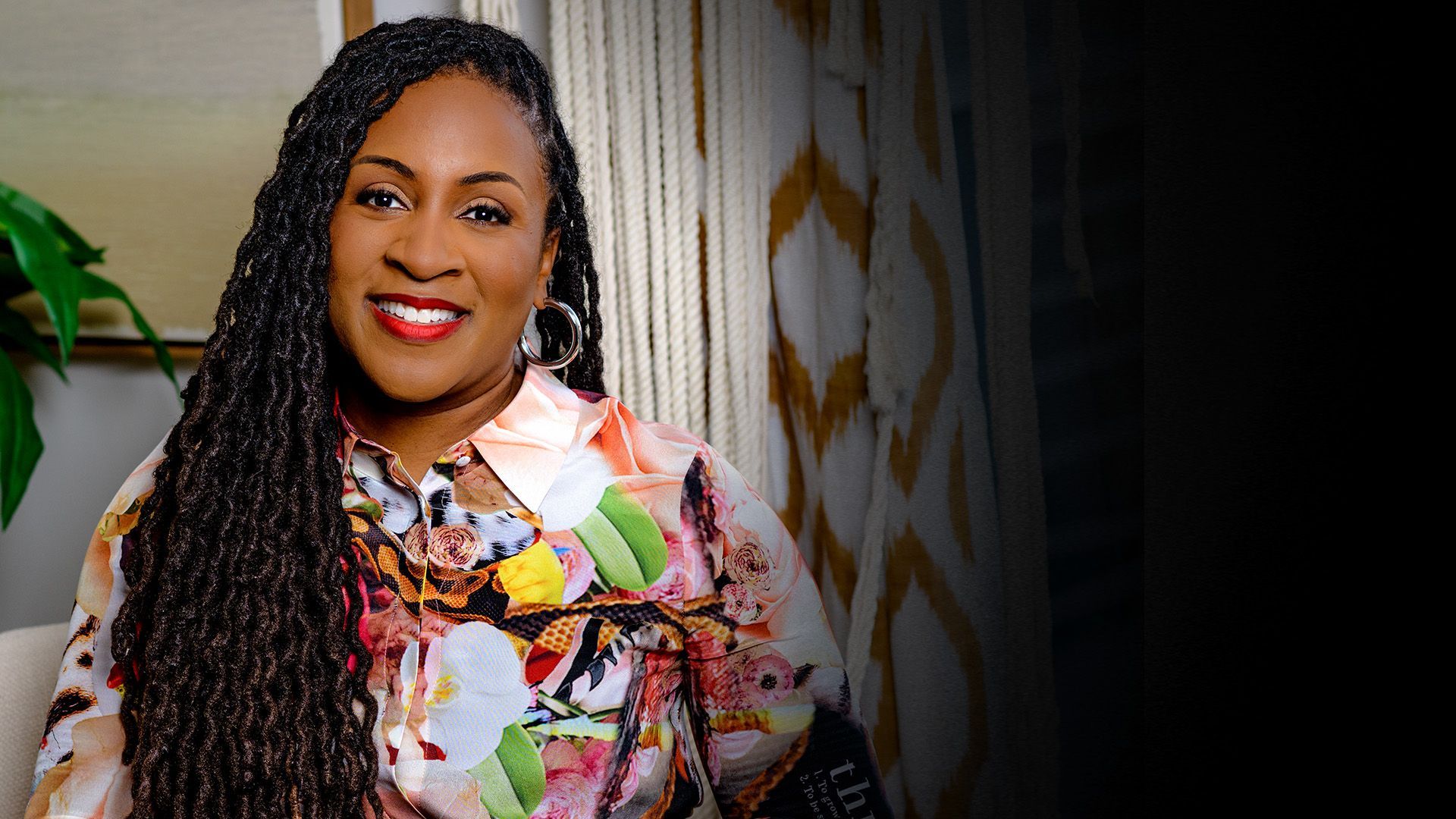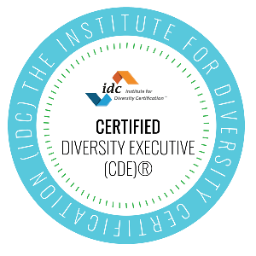The Big Question Missing from the Google Diversity Debate
You would probably need a Google Alert to try and keep up with this story, but here’s a quick summary: Google engineer James Damore recently distributed a 10-page internal memo against Google’s gender diversity policies. In it, he lays out several arguments for why Google – and the tech industry in general – should not try to “force” gender equality, or reshape itself so that there’s a 50-50 balance. He says it’s just not biologically logical.
This week, Mr. Damore was fired.Mr. Damore apparently wrote the document in response to Google’s efforts to address the gender gap in its company, seeing it as evidence of a culture hostile to dissenting viewpoints. Google swiftly dismissed him on the grounds that “portions of the memo violate our code of conduct and cross the line by advancing harmful gender stereotypes in our workplace.” What D&I leaders should be asking is not only where that line is, but whether this expectation was clearly communicated. Were there more employees who shared some of Mr. Damore’s sentiments leading to the bold position he decided to spell out and disseminate? Were warning signs dismissed or ignored prior to the proportions reached by Mr. Damore?
We need to take a big step back to the point before he first thought to sit down at a computer to write his manifesto. The big question is, what about Google’s company culture made him feel that it would be okay – or necessary? The warning signs must have been there. I have to wonder what about Google’s culture allowed a senior software engineer – a leader on some level – to feel it would be okay to write and distribute to employees a 10-page manifesto speaking against the values of inclusion when Google supposedly views inclusion as an asset. To me, this is what we need to dig into. To write personal reflections is one thing, but to have the confidence to distribute it to company employees is arrogant. People who tend to make “boss” moves like that have no situational awareness, feel justified, or simply don’t care about the consequences. We need only to look at some of the points in his argument to know that he was not writing from a framework that includes a mature and full understanding of diversity. It’s possible that Google did, in fact, present good information and opportunities for discussion that Mr. Damore simply rejected or failed to grasp. But taking his argument and document at face value, several myths he perpetrates are striking, including these two:
- He thinks D&I is matter of The Right versus The Left, conservative versus liberal. That is the kind of message Google might have inadvertently delivered even before it decided to formally tackle diversity issues. Even though political ideology might never have appeared in any of the formal training materials or discussions, was there something about Google’s culture that would let politics override the true intent? And was that tendency openly addressed and remedied?
- Addressing inequities for specific groups is “restricting” and “discriminatory.” Here, it was Google’s responsibility to make sure that employees understood that different groups have different experiences, and that there is sometimes a need to address those within peer groups of shared experience. Equity and equality are NOT the same. While equity and equality are two strategies designed to produce fairness, equity is giving everyone what they need to be successful, while equality is treating everyone the same . Equality aims to promote fairness, but it can only work if everyone starts from the same place and needs the same help.
The story has already spun in many different directions and likely won’t disappear soon. Immediately after Mr. Damore was fired, people were concerned that other employees would no longer feel free to express themselves. I personally don’t buy that: it sounds more like an excuse to tolerate the most offensive and critical parts his argument, namely that women are generally biologically unfit for the work. Engaging in respectful questioning and sharing different opinions and perspectives is not what’s at risk, but a culture of equity, acceptance, inclusion and equality is at risk.
There is one thing Mr. Damore got right. He writes, “Philosophically, I don’t think we should do arbitrary social engineering of tech just to make it appealing to equal portions of both men and women. For each of these changes, we need principle reasons for why it helps Google; that is, we should be optimizing for Google—with Google’s diversity being a component of that.” The business case was missing for Mr. Damore; it is the organization’s responsibility to ensure that the business case for diversity is clear. Communicating the business case and communicating it often is key.
It’s our responsibility as leaders to take big, bold steps when it comes to fostering diversity and inclusion in the workplace. However, those steps must occur on solid ground. There should be a clear understanding of what is happening, and why, and there must be appropriate outlets for the inevitable pushback.
If you’re thinking about requesting or implementing diversity programming in your organization, don’t let the Google controversy have a chilling effect. In fact, let it stoke your fire to be smart about your messaging, and frank about your organization, and brutally honest about the needs. Inclusion is about making diversity of thought, and people with ideas like Mr. Damore’s need to know that they will be heard – even if not necessarily agreed with.









Burnout by Budget: How Financial Stress Creates Emotional Fragility in Leaders & What to Do About It






